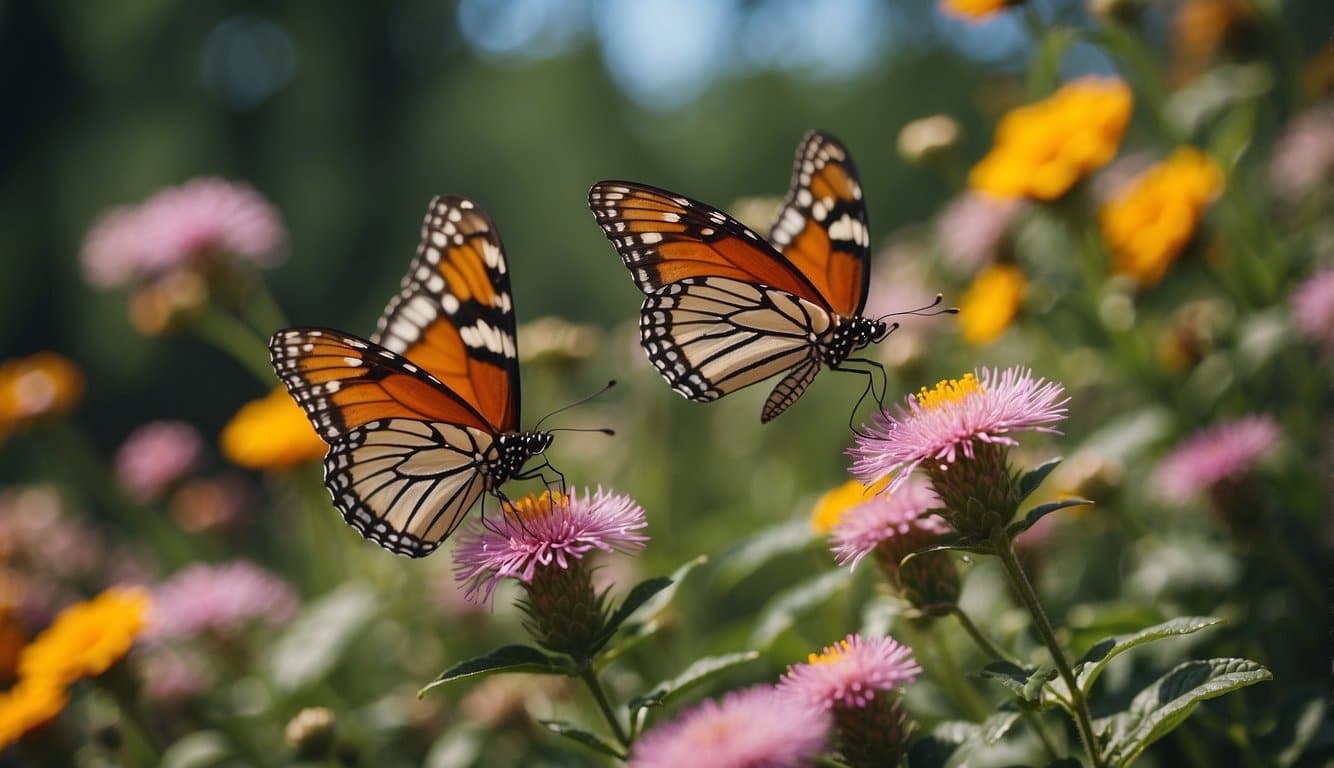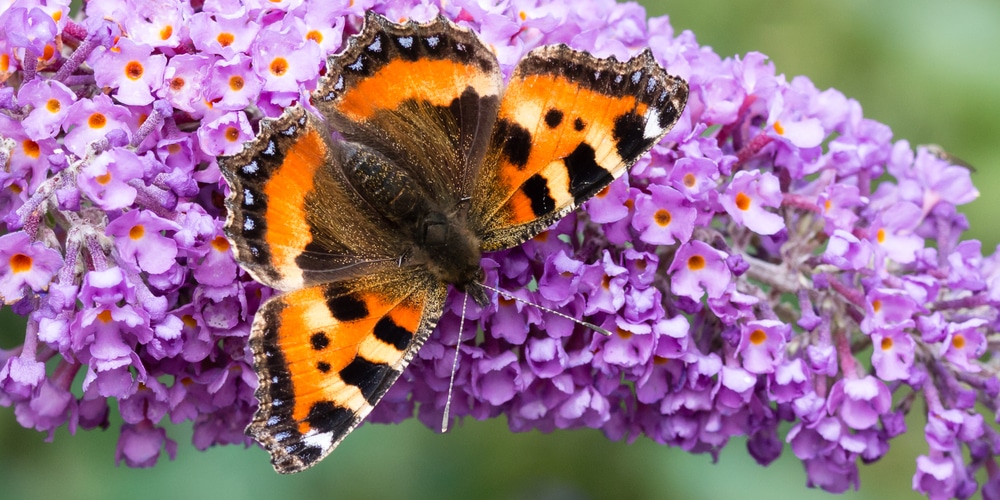| Question | Are Butterflies Pollinators? |
|---|---|
| Answer | Yes, Important Pollinators |
| More Info | Butterflies are important pollinators, particularly for flowering plants. As they move from flower to flower to feed on nectar, their bodies come into contact with pollen and transfer it to other flowers, facilitating cross-pollination. Butterflies have a preference for bright, fragrant flowers and contribute to the diversity and health of ecosystems. Their role in pollination also supports agricultural crops and natural habitats. |
Butterflies, with their brilliant wings and graceful flight, are more than just a captivating sight in gardens and wildlands.
You might often see them fluttering from bloom to bloom, but have you considered their role in the environment? Indeed, butterflies are pollinators, and while they may not be as efficient as their bee counterparts, their contribution to the pollination process is significant.
Their activity during the daylight hours takes them to a variety of flowering plants, and with each visit, they inadvertently pick up pollen on their bodies and transfer it to the next flower. This makes them vital players in the reproduction of plants.
Most butterflies are generalist pollinators; they do not have a specialized relationship with a single plant species, which allows them to assist in the cross-pollination of numerous plant types.
Butterflies as Pollinators
Butterflies play a crucial role in the propagation of various plants by acting as pollinators. They are particularly active during the day, engaging with a multitude of wildflowers.
Role in Ecosystem
Butterflies contribute significantly to the health of our ecosystems by aiding in the pollination process. Pollination is essential for plant reproduction, and butterflies perform this service while seeking nectar.
They are considered less efficient than bees due to their method of feeding which results in less pollen adheration. However, their ability to travel long distances ensures the genetic diversity of the plants they pollinate.
Studies have shown that butterflies can have a notable impact, such as their contribution to the pollination of cotton fields which was found to be economically significant.
Types of Pollinating Butterflies
Butterflies that aid in pollination come from various species, each with unique behaviors and preferences.
Species such as the Monarch and Swallowtail butterflies are often seen fluttering from plant to plant. These creatures exhibit a behavior known as “flower constancy,” which is the tendency to stick with pollinating one species of flower before moving on to another. This increases the chances of successful cross-pollination.
Butterfly-friendly environments often encourage the presence of these insects by maintaining a diversity of native flowering plants.
Pollination Process
In the pollination process, butterflies play a specific role, visiting flowers and inadvertently aiding in plant reproduction. Understanding their behavior and interaction with plants reveals their contribution to this essential biological mechanism.
Butterfly Behavior
Butterflies are diurnal, meaning they are active during daylight hours when they perform pollination.
Unlike bees, butterflies do not have specialized structures for pollen transport. Instead, pollen may adhere to their bodies as they move from plant to plant, perched on delicate, long legs.
This makes their pollination efficiency variable but still impactful. For instance, while visiting various wildflowers they transfer pollen, albeit less systematically than bees.
Plant Interaction
As butterflies forage for nectar, they interact with a range of flowering plants, often those with broad, flat surfaces that serve as a landing pad.
This plant structure is advantageous for butterflies, enabling easier access to the flower’s offerings.
The presence of colors and scents attracts these insects to specific flowers, where the transfer of pollen occurs.
The act of a butterfly alighting on a flower’s stigma can deposit pollen, and thus, facilitate the fertilization necessary for the plant to produce fruits and seeds.
Frequently Asked Questions
Your journey into the fascinating role of butterflies in our ecosystem leads to some intriguing inquiries about their contributions to pollination.
Do butterflies contribute to the pollination process similarly to bees?
Yes, butterflies are indeed pollinators like bees. While they are not as effective as bees due to their less hairy bodies and more erratic flight patterns, butterflies can still carry pollen between flowers, contributing to plant reproduction.
What role do butterflies play in the ecosystem as pollinators?
Butterflies help maintain the health and spread of the floral environments they visit. By moving pollen as they feed on nectar, they assist in the cross-pollination of many plants, which is vital for the production of seeds and fruits.
Can moths be considered effective pollinators like butterflies?
Moths, especially nocturnal ones, are important pollinators. Their nocturnal habits allow them to pollinate plants that are adapted to open or release their scent at night, thus playing a critical role in the lifecycle of these specific plants.
What types of flowers are most commonly pollinated by butterflies?
Butterflies typically pollinate flowers that are brightly colored and have a flat surface for landing, such as asters, coneflowers, and milkweeds. These flowers generally produce nectar that attracts butterflies, facilitating the pollination process.
How significant are butterflies as pollinators in the United States?
Butterflies are a vital part of pollination networks throughout the United States. They have a unique role, especially in pollinating wildflowers and some crops, thus contributing to biodiversity and ecosystem stability.
What is the primary purpose of butterflies within their habitats?
The primary purpose of butterflies in their habitats extends beyond pollination. They serve as food for other wildlife. They also assist in plant propagation through seed dispersal. Additionally, they are indicators of a healthy environment due to their sensitivity to ecological changes.
Last update on 2025-04-01 / Affiliate links / Images from Amazon Product Advertising API




